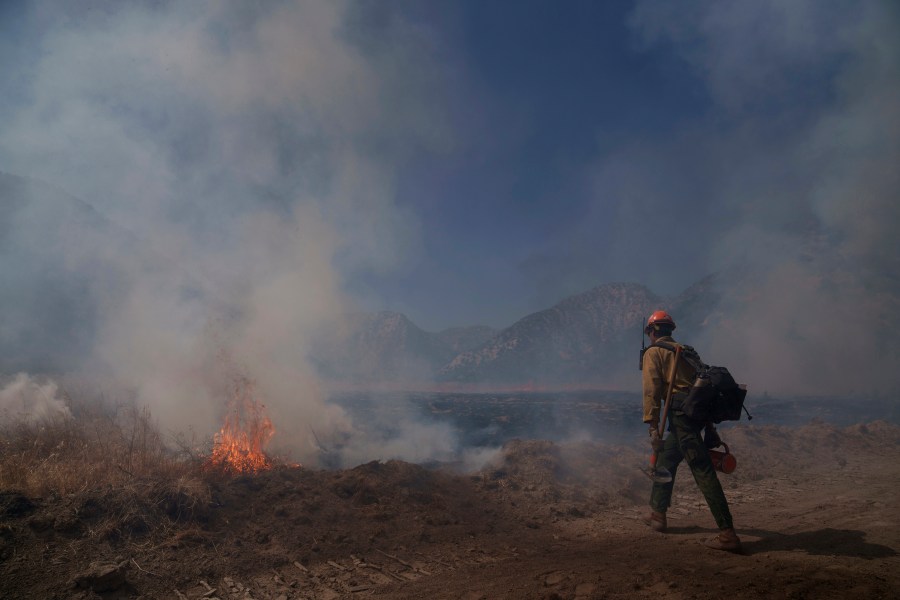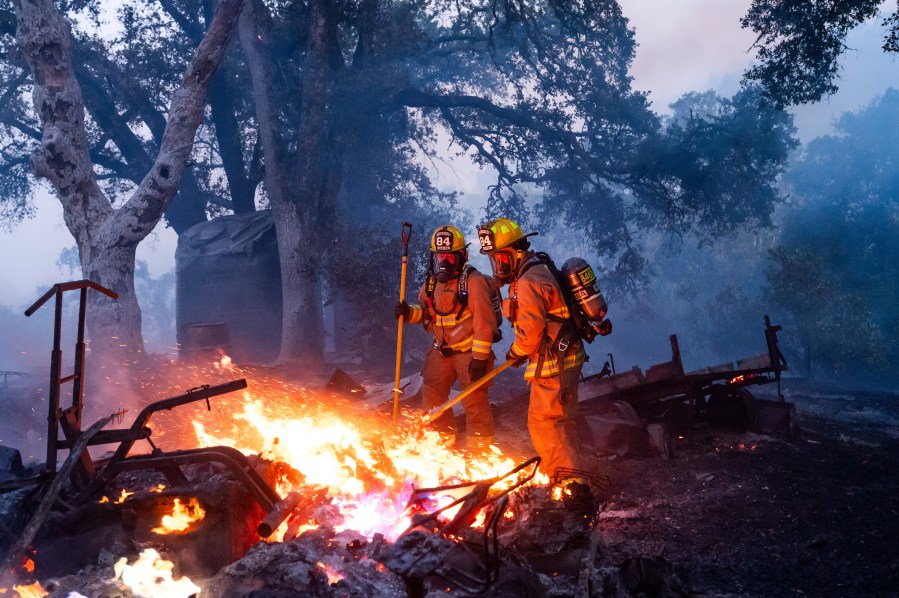California contends with early-season ‘mini outbreak’ of multiple wildfires

Multiple wildfires gained momentum this weekend across California in an early-season appetizer of what might be in store later this summer.
“This is not a peak-season fire situation,” Daniel Swain, a climate scientist at the University of California, Los Angeles, said at a Monday webinar. “This is more of an episodic or wind-drive, little mini outbreak of fires.”
The 15,610-acre Post Fire, which began on Saturday in Los Angeles County, led to multiple evacuation orders and was just 8 percent contained as of Monday afternoon. Meanwhile, the 1,190-acre Point Fire in Sonoma County, which began on Sunday, was only 20 percent contained.
Most of the wildfires that gained momentum over the weekend were initially ignited in grassy areas or in “relatively brushy ecosystems,” Swain explained.

After two wet consecutive winters, California has amassed significant additional growth of grass as well as some of the heavier brush, and some of these materials “are starting to become rather flammable,” according to Swain.
“That is potentially offering more biomass to burn in whatever fires do occur,” he said, offering the caveat that most of this biomass is not yet unusually dry.
Most of the fires thus far are not occurring in highly forested areas because those settings are still relatively moist, Swain explained. He acknowledged, however, that moisture levels are “starting to change,” as June temperatures so far have been particularly hot.
“We could, in fact, see a very active finish to fire season 2024, but we aren’t there yet,” he continued. “Despite the current activity level, this is not yet indicative [of] really active conditions.”
The ongoing red flag warning conditions have made for what Swain described as “tough firefighting” conditions. Still, on the other hand, he stressed that firefighting resources are relatively available at this point in the season.

“This is a different fire than if we had the same fire, say, in September or October,” he added, noting that during those months, winds can be much stronger and vegetation much drier.
Swain also tried to dispel the idea “that all grass fires are bad fires,” which he described as “misguided.” Rather, he explained, some of these fires can have benefits similar to those of prescribed burns.
“So long as they don’t burn structures, they can actually have net benefits,” he said. “The challenge is, you don’t necessarily want to do that under very dry and windy conditions like we have today. So it would be better not to have those ignitions on days like today.”
Along these lines, Cal Fire warned in a red flag update via the social platform X on Monday that “gusty north winds and dry conditions” would bolster both ignitions and “the potential for rapid fire spread.”
Although the blazes burning across California cannot provide clear insight into what might be in store for the rest of the season, Swain said he believes the state could “transition rapidly from a relatively slow season to quite an accelerated season.”
Also potentially fueling future fires could be the uncharacteristically sizzling start to the summer season that has overtaken much of the U.S. West, according to Swain.
“These are exceptionally hot cities,” he said, referring to Las Vegas, Phoenix and others. “And they’ve experienced the hottest conditions they’ve ever experienced this early in the season so far this year.”
Copyright 2023 Nexstar Media Inc. All rights reserved. This material may not be published, broadcast, rewritten, or redistributed.


